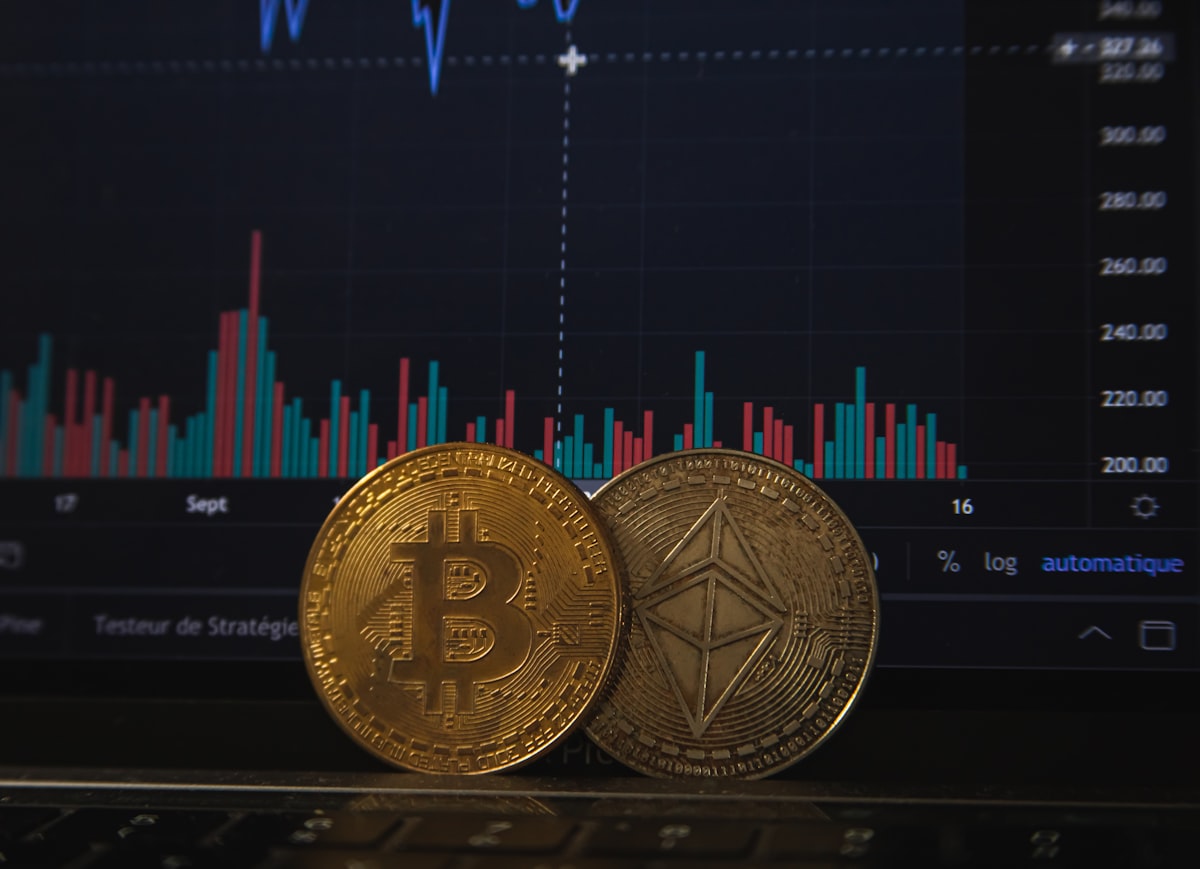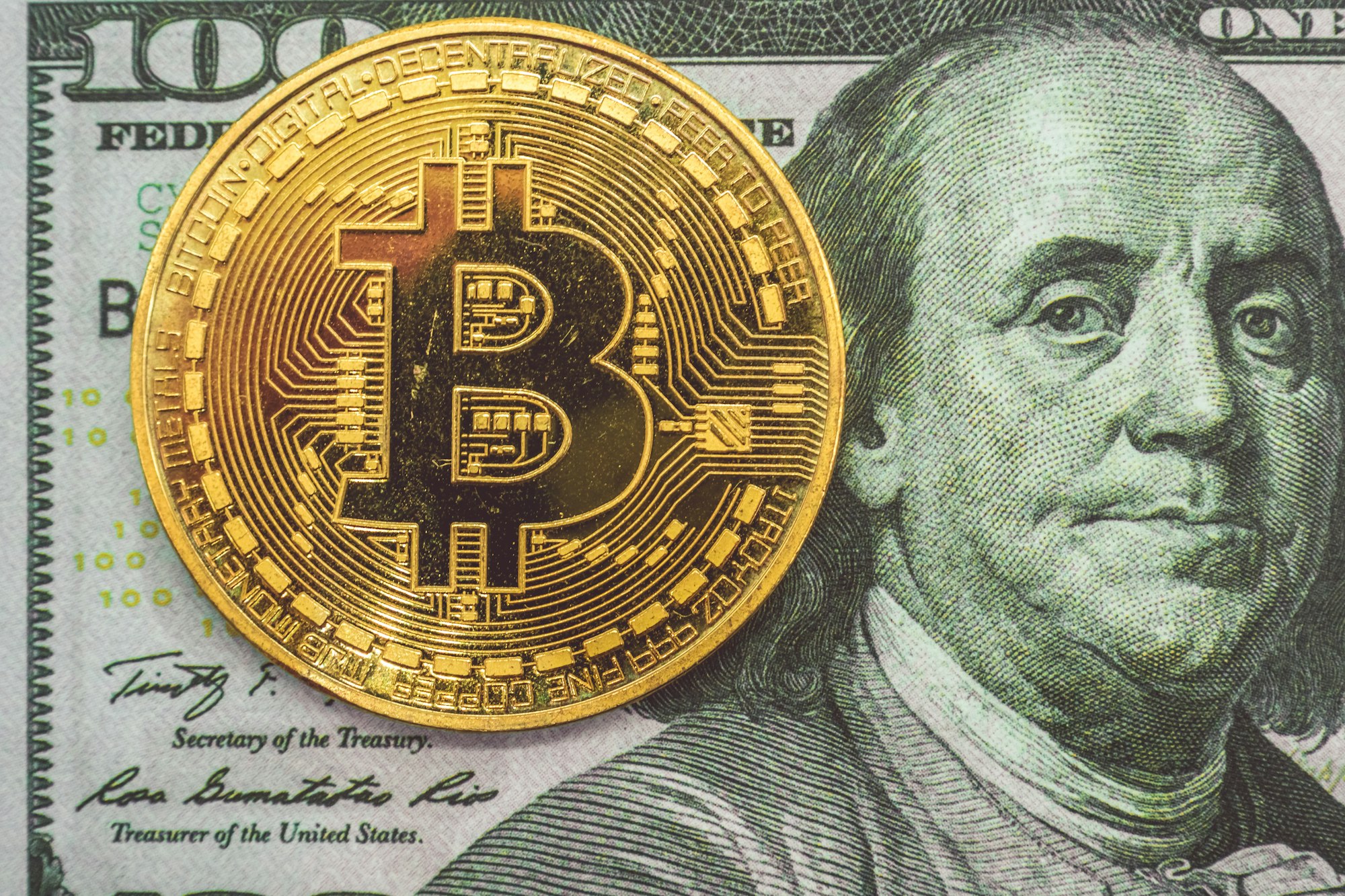A call for legal, ethical and sustainable token offerings

This phenomenon is not to be simplified to yes or no answer.
I firstly wish to reject the use of a term “initial coin offering” or “ICO” in this article and I propose that it should be rejected in general when it comes to discussing token offerings. The term ICO was created by sales and marketing groups and not by lawyers. Inspiration for the term was obviously drawn from initial public offerings (“IPO”) of shares. But this is simply wrong because a cryptographic token is an instrument, which might only potentially resemble a share in some cases and to a small extent. A token serves as a medium of content, transferable on the blockchain, whereas a share has a (legally) defined purpose, content and features. It is up to the creator to define what is the content of a token. A token can represent many things and consequently simplification and unifications of tokens is wrong, harmful and contrary to the events taking place in the industry.
Blockchain token offerings are not all the same – therefore shall not be treated equally
Tokens are in terms of their content, purpose, rights and duties of their holders, and consequently also incentives of the holders substantially different. In general, we may divide popular tokens in two groups: value and utility tokens. Value tokens are those which are used to represent certain (financial) value and can be easily transferable, but they are not linked to a specific service or product, such as Bitcoin and Ether. Utility tokens are those, which can be also used in connection with a particular blockchain service or a product, whereas normally such functionality could not have been directly accessible to the user by using a value token, but a compatible utility token is required, such as Aragon (ANT), Cofound.it (CFI), Waves Platform (Waves), Sia (SC), SingularDTV (SNGLS) and others.
But just by looking at my proposed division between value and utility tokens, we could start an endless debate whether I am right or wrong. The reason lies in the fact that the whole blockchain system is financially incentivised through the tokens that run on top of it. Tokens fuel the blockchain and act as a value transfer vehicle in the blockchain, whereas most of newly issued tokens in addition to that also carry utility and crowd sale function. The tokens are therefore somehow hybrid in their nature as they carry certain utility, but are also financially incentivized. And these are all the reasons why tokens do not fit well in the existing regulatory frameworks.
Taking into account the above mentioned, it seems normal that certain tokens are financially more attractive and also receive more attention. A sensible question is whether it is so because of the way they were designed or because of the perception of the community. As in any other market, the crypto market is also experiencing anomalies and investment speculations. But the fact that a certain part of the community is driving the price of tokens up or down does not necessarily make them financial instruments, financial products or securities.
In general – function, nature, purpose and content of the tokens can vary tremendously. Therefore, they shall not all be treated equally, but a deep understanding of each of them is required to give them the proper legal treatment.
Lack of regulatory clarity is hampering the crypto space
With an exception of certain minor regulatory interventions, such as Bitcoin license in the state of New York, Anti-money laundering regulation (AML) in the EU, changes to the Banking Act in Japan etc., crypto tokens and blockchains are not governed by regulation, which were drafted or adjusted to their peculiarities. There have been attempts to apply current regulation (AML, securities, banking etc) to blockchain projects – and such attempts have mostly failed. Due to the peculiarity of the blockchain, a number of rules cannot be applied in practice or they provide undoubtedly wrong results such as difficulties with providing standard balance sheets, drafting adequate prospectus, filing tax obligations. In addition, due to the previously mentioned hybrid nature of the tokens, absurd situations are faced where it is not clear whether certain rules apply to tokens, or that two or more sets of rules apply to them, whereas such rules contradict each other and cannot be applied simultaneously (is a token a currency, security, commodity or a ticket/voucher?). In addition, blockchains run globally, and consequently we have an issue with conflicts of laws, as which national laws should apply to a certain token. The best phrase to describe this condition is regulatory uncertainty, which halts the development and creativity, and increases costs and risks of doing business.
A textbook example of reducing regulatory uncertainty can be seen in the EU. Since the increase of business activities on the blockchain, we (as legal practitioners) have been often asked whether blockchain projects are bound by the terms of the EU AML regulation. The answer was quite often “No, but you should consider complying with it”. The reason for such answer was that most of the blockchain projects did not fit in the definition of obliged entities, but nevertheless we felt that they should have. That led to a number of blockchain companies voluntarily complying with at least some provisions of the AML regulation. And such thinking has proven to be correct after the latest proposal for amending the AML regulation was published. The proposal adds two obliged entities to the regulation, namely:
- providers engaged primarily and professionally in exchange services between virtual currencies and fiat currencies;
- wallet providers offering custodial services of credentials necessary to access virtual currencies.
In my personal view, the EU should be applauded for this amendment, as it is clear and reasonable. It will not kill the creative potential of the blockchain, but it delivered clarity on an important compliance issue. By doing that, it made blockchain business friendlier and cheaper for the entrepreneurs to run, and safer for the users to use. Hopefully, EU members states and their regulators will also implement them in a sensible way.

The EU versus the USA
The USA has undoubtedly contributed materially to the start-up community and Silicon Valley has been for the last 15 years the centre of venture capital funding. The US legislation provides optimal solutions for venture capital funding and the industry is well established. However, funding in Silicon Valley last year was down 28 per cent year on year to $24.9bn, while VC funding in Asia and Europe increased.
Crowd sales on blockchain sadly do not fit USA regulatory framework, as it does equally for old school VC funding. There are two factors making the US unfriendly to token offering, namely i) lack of regulatory response or guidance, and ii) unreasonably wide definition of term “security”. The US regulators have, similar to most of other countries in the World, avoided giving clarifications regarding their view over token offerings. Consequently, the lack of clarity remains and was not cured. What makes the USA even riskier for token offering is a very wide definition of security, created by a well-known case of SEC v. W. J. Howey Co. The US features the widest definition of security in the world and I am not the only one who thinks that its scope is unreasonably wide [Frederick H. C. Mazando: The Taxonomy of Global Securities: is the U.S. Definition of a Security too Broad?, Northwestern Journal of International Law & Business, Volume 33, Issue 1.] And the risk of offering a token to US citizens and entities is consequently too high. To mitigate such risk, projects have two options: go through an expensive and lengthy process of registering their tokens with the Securities Exchange Commission, or not offer their tokens to the US market. Most of them opt for the latter.
It is different in most of the EU countries where the definition of security is narrower and clearer. Majority of the EU countries define securities more precisely and consequently there is more clarity as to what falls within the definition and what doesn’t. Additionally, it seems that the EU has been addressing fields lacking clarity, such as AML, as I have mentioned above. The EU has on a number of occasions stated that legislation, regulation and supervision have to adapt to innovation and strike the right balance between incentives to innovative consumer and investor protection and financial stability [lastly in MOTION FOR A EUROPEAN PARLIAMENT RESOLUTION on FinTech: the influence of technology on the future of the financial sector (2016/2243(INI))]. Even though the EU has not yet given answers to all the regulatory issues, it is paving its way to smart regulation through looking closely at the events, organising public consultations and establishing working groups such as internal Task Force on Financial Technology, co-chaired by DG FISMA and DG CONNECT.
The right way forward
A classic example of reducing of regulatory uncertainty is EU’s amendment of the Fourth Anti-Money Laundering Directive 2015/849. It will not kill the creative potential of the blockchain, but it delivered clarity on an important compliance issue. By doing that, the EU made blockchain business easier and cheaper for the entrepreneurs to run, and safer for the users to use.
Smart regulatory action shall facilitate and increase use cases and quality of blockchain services and products. Establishment of an internal Task Force on Financial Technology, co-chaired by DG FISMA and DG CONNECT, was a visionary decision, and hopefully it will also deliver solutions to the issues of blockchain space in the EU.
But due to the peculiarity of the blockchain and its fundamental differences to the current environments, input from the industry insiders is crucial. The industry and legal practitioners are calling for the legislators and the regulators to provide clarity. It will make everyone’s lives easier. A number of entrepreneurs and experts from the crypto space will be happy to share their knowledge, experience and wishes with the competent bodies to assist them with drafting and passing regulation, which will be beneficial to all.
Token offerings, if executed in a right way, can bring tremendous benefits and value to young companies. They can prove themselves as efficient, safe and disruptive funding method. There are a number of EU member states where in my view token offerings can be executed safely and efficiently and I kindly invite EU based blockchain teams to look into these options instead of resorting to non-EU solutions. The EU’s current regulations may serve as a solid ground for further regulatory and technological development of token offerings. An ethical element to the offerings is also important, as these offerings should deliver sufficient, relevant and standardized information to the users, and should be financially sustainable.
I have no doubt that in particular the EU has the energy and the know-how to adapt to the diversity of actors and business models in the blockchain sphere and create a favourable environment for European FinTech hubs and firms to scale up. Consequently, this is also my call to all stakeholders in the industry to provide their view on the issues, raised above, and my modest offer to the regulators, legislators and other interested public bodies, to share my views, knowledge and experience with them to contribute to the common goal.
As the blockchain industry is growing, we need better solutions to meet expectations of the upcoming projects, and I believe that reliable, safe and scalable solutions can be provided.
This article was also published on https://medium.com/@nejcnovaklaw/a-call-for-legal-ethical-and-sustainable-token-offerings-4d7cd16c64ac




